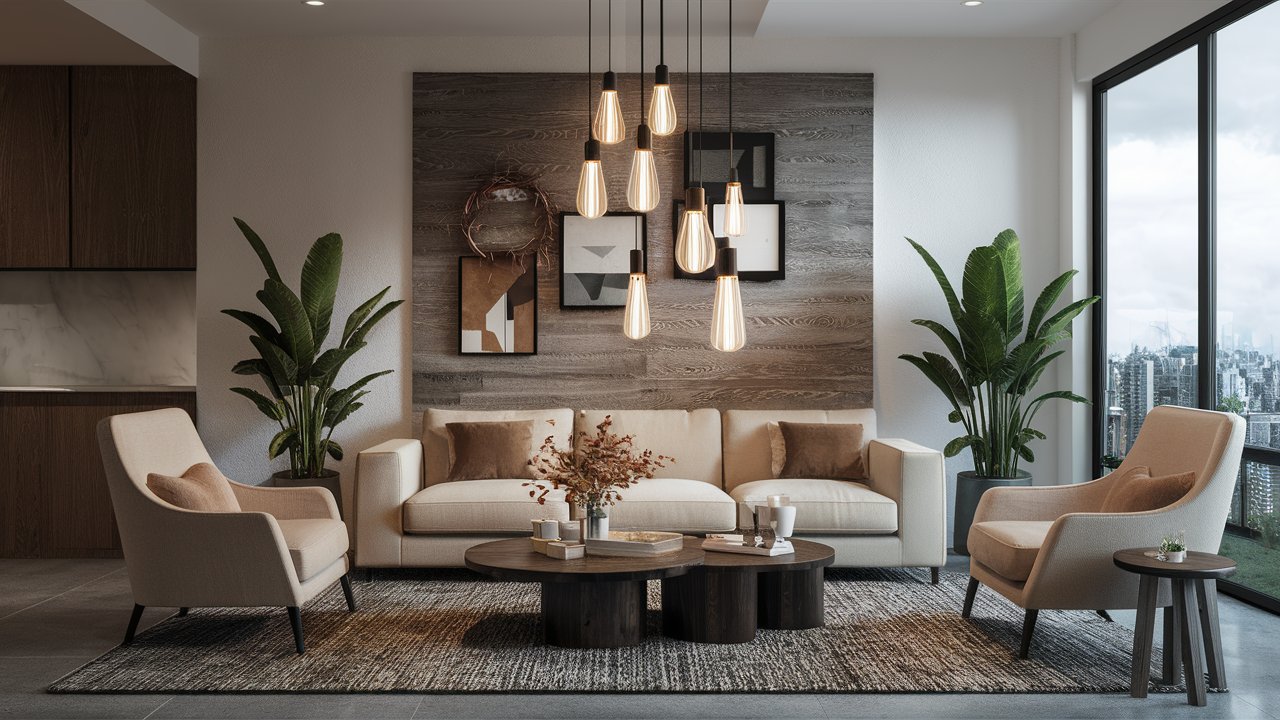"Top Bulb Choices in 2024 to Save Big on Your Electric Bill"
ENERGY SAVINGS AT HOME
Since you’re at the heart of everything we do, we’d like to lighten the load by helping you save with useful energy efficiency tips. Mother earth will appreciate it too. Inside, there will be many useful features for you such as videos on energy efficiency, helpful tips to save energy and energy efficiency labels. Everything to help you save and be more efficient, while being greener and kinder to the earth.
Energy Efficiency Tips
LED (Light Emitting Diode) bulbs are the most energy efficient lighting option available, and can therefore save you the most money on your electricity bills. They produce 40-80 lumens per watt, and offer several other benefits, including longevity and brightness.
Both CFLs and LEDs save more energy than incandescent bulbs. LEDs are more efficient than CFLs. LEDs last longer and contain no mercury. They also work better with dimmer switches.
Light-emitting diode (LED) bulbs are the most energy-efficient type of light bulb:
- Energy use: LEDs use up to 90% less energy than traditional incandescent bulbs.
- Lifespan: LEDs can last up to 25 times longer than incandescent bulbs.
- Light quality: LEDs offer similar or better light quality than other types of lighting.
- Durability: LEDs are durable and can perform well in cold environments.
- Features: Some LEDs are dimmable, have daylight and motion sensors, and can be tuned to different colors.
- The Latest in LED Technology: LEDs remain the most energy-efficient option for 2024, and highlight any advancements, such as improved colour accuracy, longer lifespan, and even lower power consumption.
- Exploring Smart Bulbs with AI-Driven Efficiency: Smart bulbs with AI that adapt brightness based on room usage and natural light availability. This can automatically lower electricity use without any manual adjustment, making it a great choice for energy-conscious homes.
- Upgrading to Bulbs with Low Standby Power: Discuss the importance of bulbs with low standby power in 2024. Some smart bulbs, even when "off," can use small amounts of energy, so selecting low-standby bulbs can further reduce bills.
- Using Warm-to-Cool Adjustable Bulbs for Day-Night Efficiency: Describe how adjustable color temperature bulbs can save energy. In the daytime, cooler tones can brighten rooms using less energy, while warm tones at night use less power, promoting a calm atmosphere.
By aligning these tips with JLL Electrical’s product offerings, readers can feel confident that 2024’s energy-efficient bulb choices will be stylish, functional, and budget-friendly. This can position JLL as a forward-thinking company committed to sustainability and innovation.
The best strategies for conserving electricity. Cut unnecessary expenses in your home, start by today.
.png)
Choosing the Best Energy-Saving Light Bulbs

When switching to energy-saving bulbs, consider the following factors to make the best choice for your needs:
Lumens measure a bulb's brightness, not watts. Check the lumens to find a bulb that meets your lighting requirements. For example, a 60-watt incandescent bulb is roughly equivalent to an 800-lumen LED bulb
Decide between CFL and LED based on your needs. LEDs are generally more efficient and have a longer lifespan, while CFLs can be a more affordable option initially.
Some bulbs provide immediate brightness, while others, like CFLs, may take a moment to warm up. LEDs typically offer instant full brightness, making them suitable for areas where immediate light is essential.
LED bulbs use significantly less energy than CFLs or incandescent bulbs, making them the most cost-effective choice in the long run.
LEDs typically last longer than CFLs, offering better value over time. An LED bulb can last up to 50,000 hours, whereas a CFL may last around 8,000 hours
LEDs are mercury-free, unlike CFLs, making them safer for your home and the environment. Proper disposal of CFLs is crucial due to their mercury content.
When switching to energy-saving bulbs, consider the following factors to make the best choice for your needs:
Curious to learn more about energy-saving bulbs? Here’s a helpful video
https://youtu.be/kX0mwCvfgas
FAQ
1. What are the benefits of using energy saving light bulbs?
Energy-saving light bulbs, especially LEDs, reduce energy consumption, lower electricity bills, and have a longer lifespan compared to incandescent and halogen bulbs. They also produce less heat, making them safer and more environmentally friendly.
2. How much can I save by switching to LED light bulbs?
Switching to LED light bulbs can save you approximately £13 per bulb per year when replacing a 100-watt incandescent bulb. The exact savings depend on the bulb's wattage and usage, but LEDs generally offer significant cost reductions.
3. Are LED light bulbs better than CFLs?
Yes, LED light bulbs are more energy-efficient, have a longer lifespan, and do not contain hazardous materials like mercury, which is found in CFLs. LEDs also provide instant brightness and are more durable.
4. How do I choose the right LED light bulb?
Consider the desired brightness (measured in lumens), the bulb's wattage, the type of fixture, and the color temperature (warm or cool white) to suit your specific needs. For detailed guidance, visit Meteor Electrical's LED bulbs range.
5. Can LED light bulbs be used with dimmer switches?
Yes, many LED light bulbs are compatible with dimmer switches. However, it's important to check the bulb's specifications to ensure compatibility. Look for dimmable LEDs for the best performance.
6. How do I dispose of old energy saving light bulbs?
LED light bulbs can be recycled at designated recycling centres. For CFLs, handle them carefully due to the mercury content and follow local hazardous waste disposal guidelines.
7. What are the common styles of LED light bulbs?
Common styles include omnidirectional or diffused bulbs, dimmable globe bulbs, pin-base track lighting bulbs, and tube light LEDs. Each style is designed for specific lighting needs and applications.



.png)


 Vietnam
Vietnam

